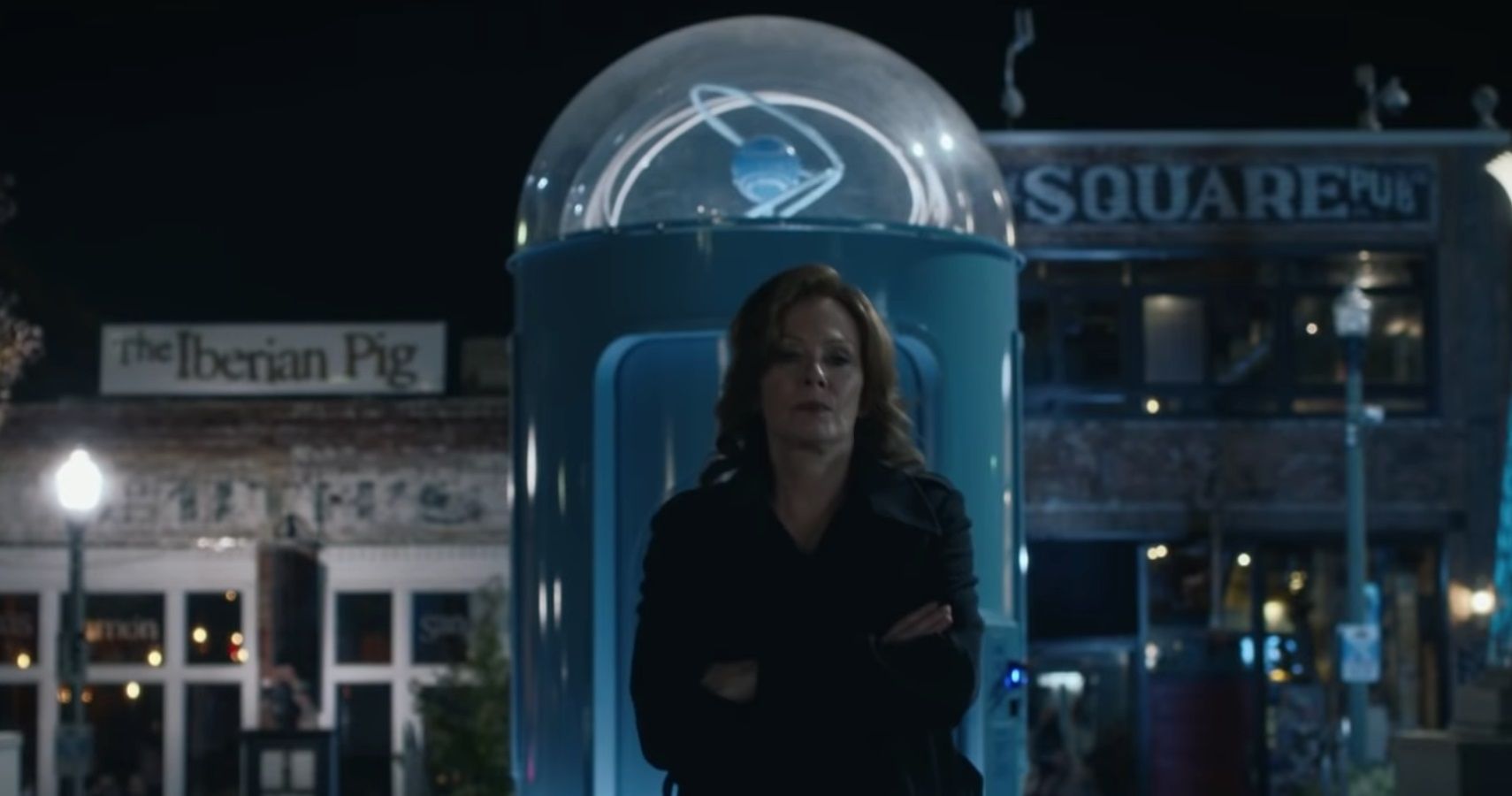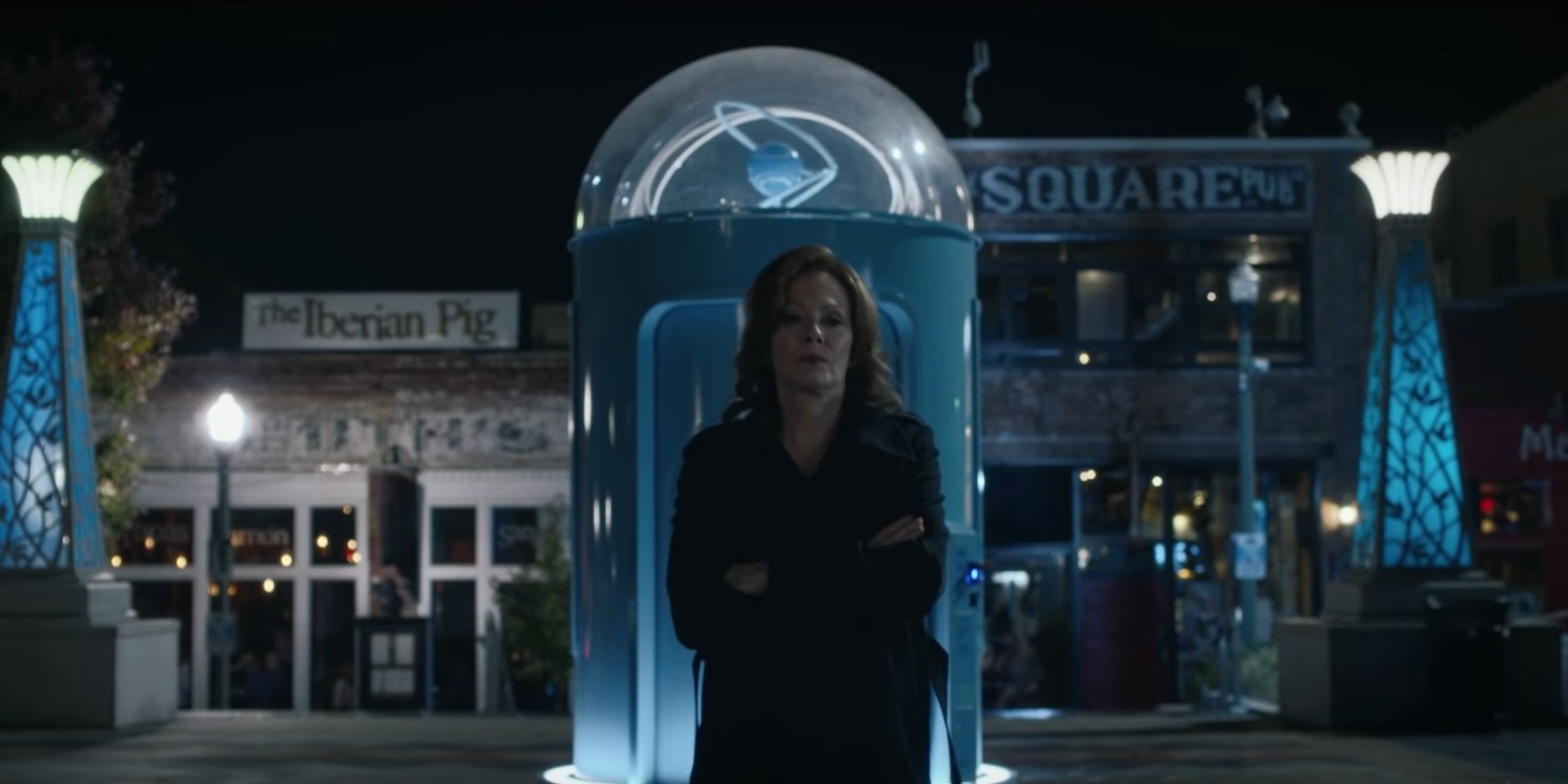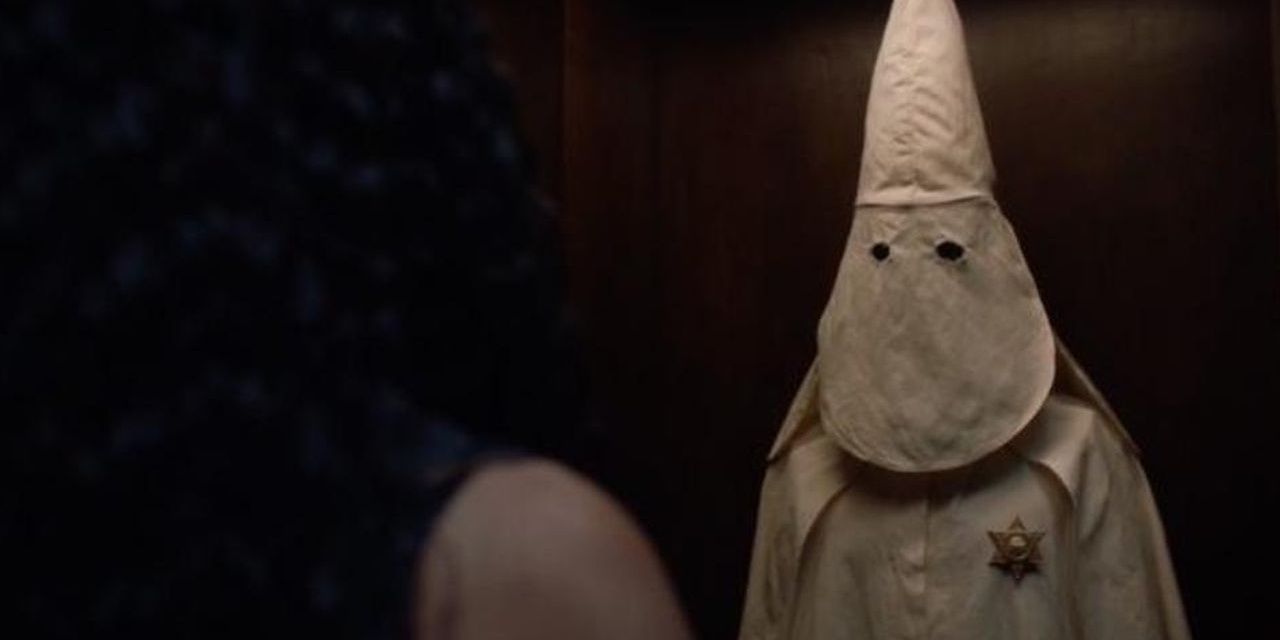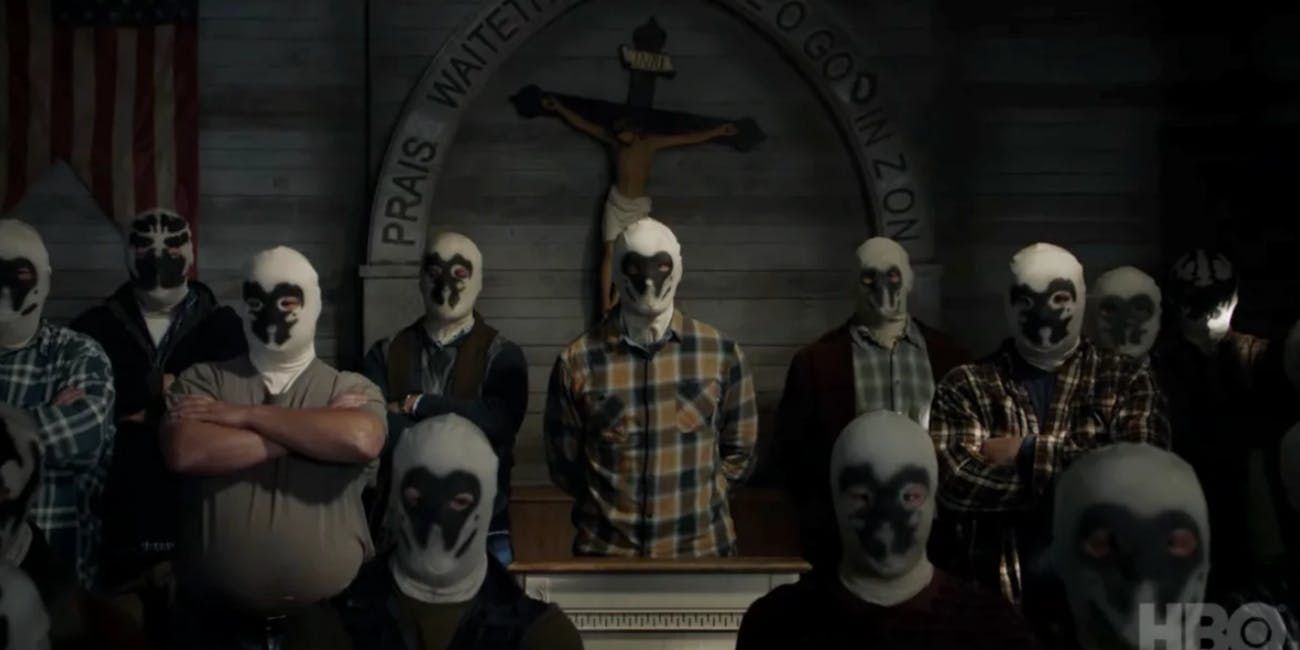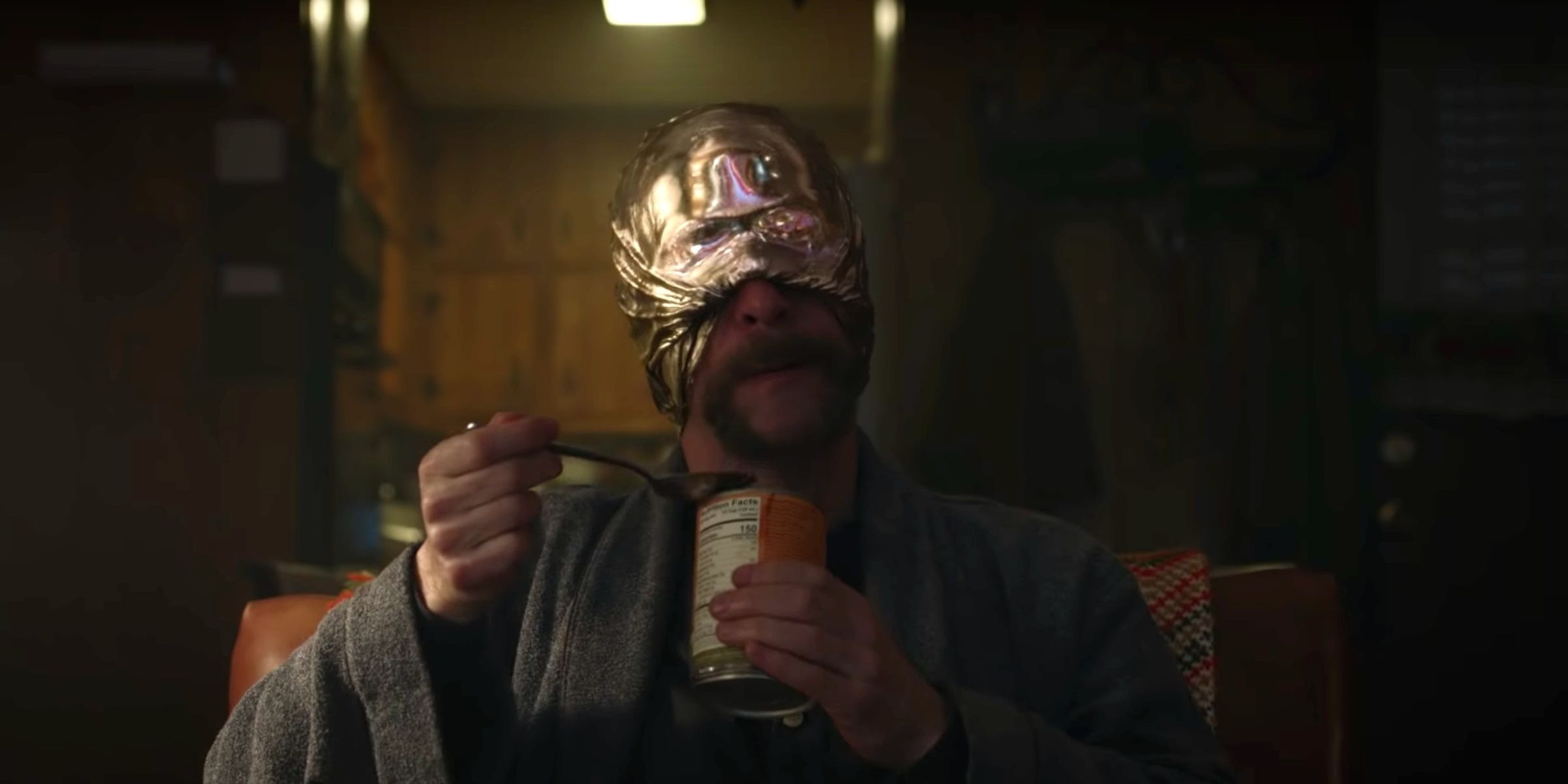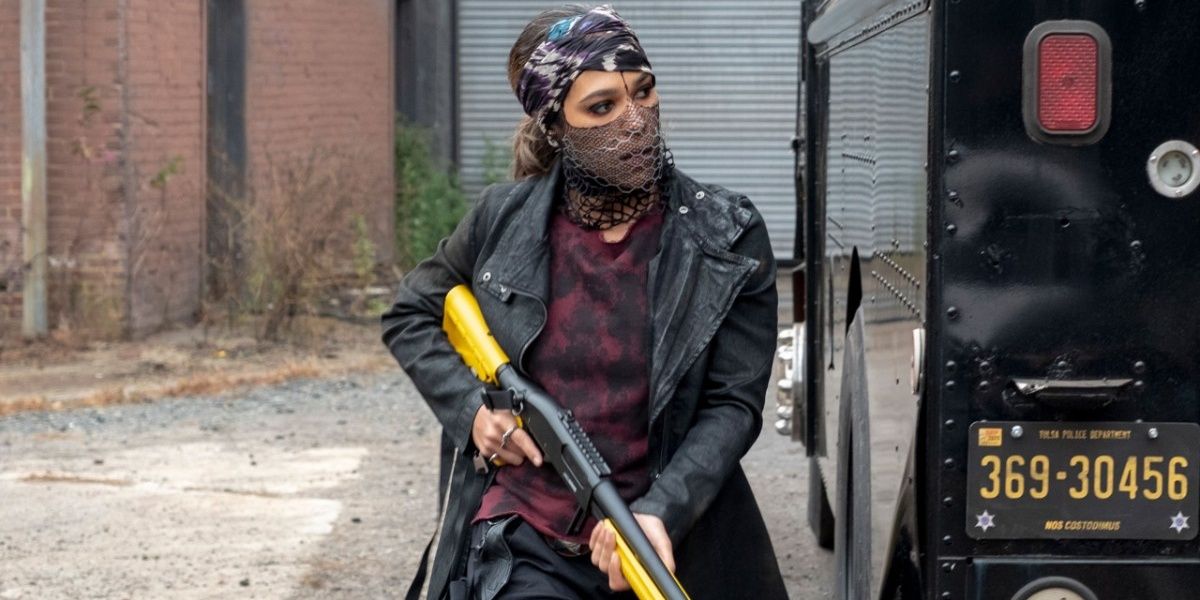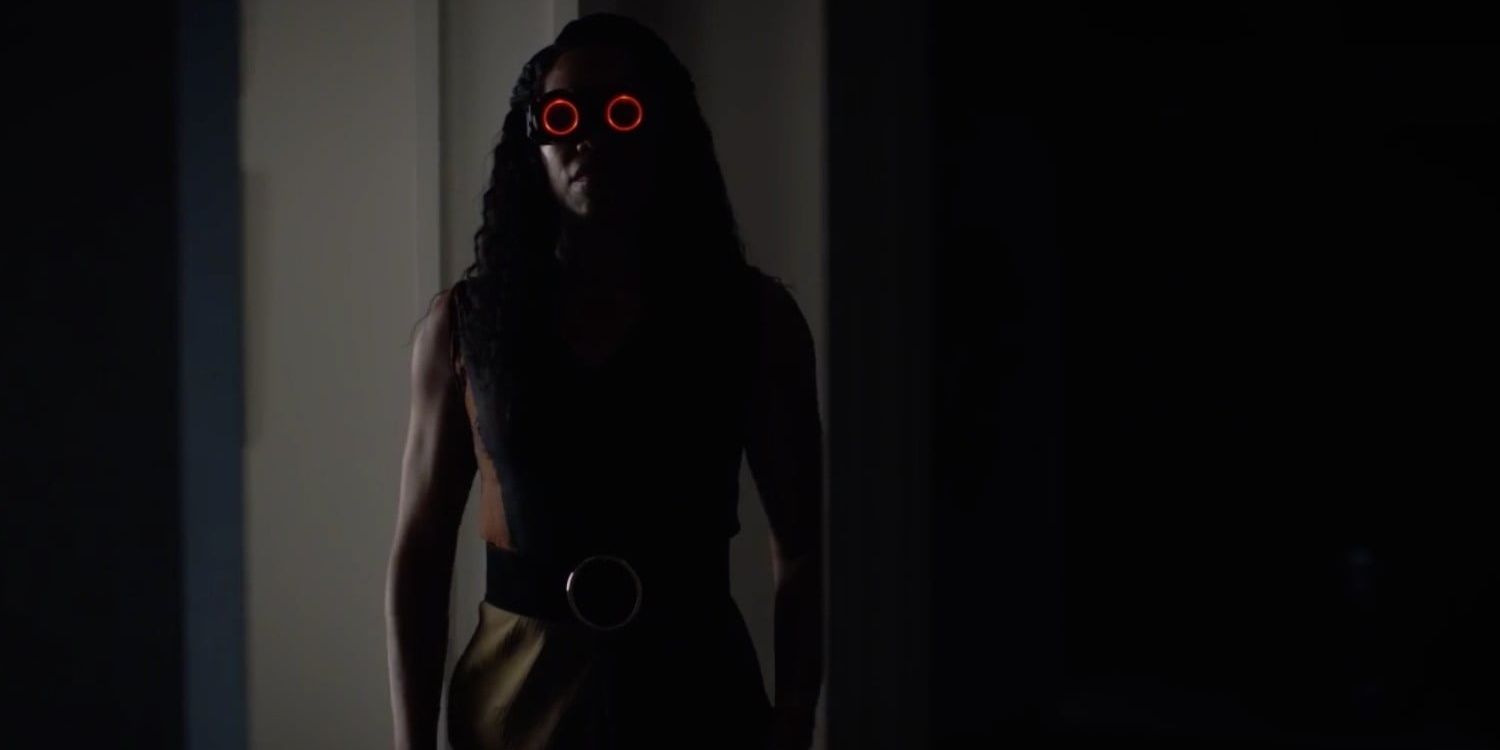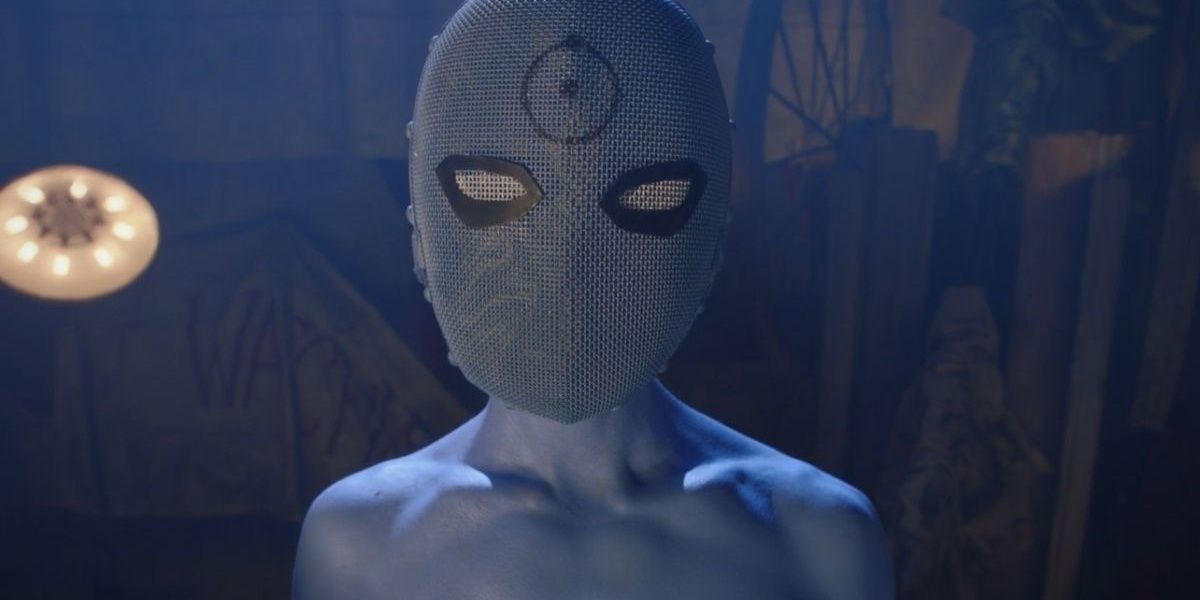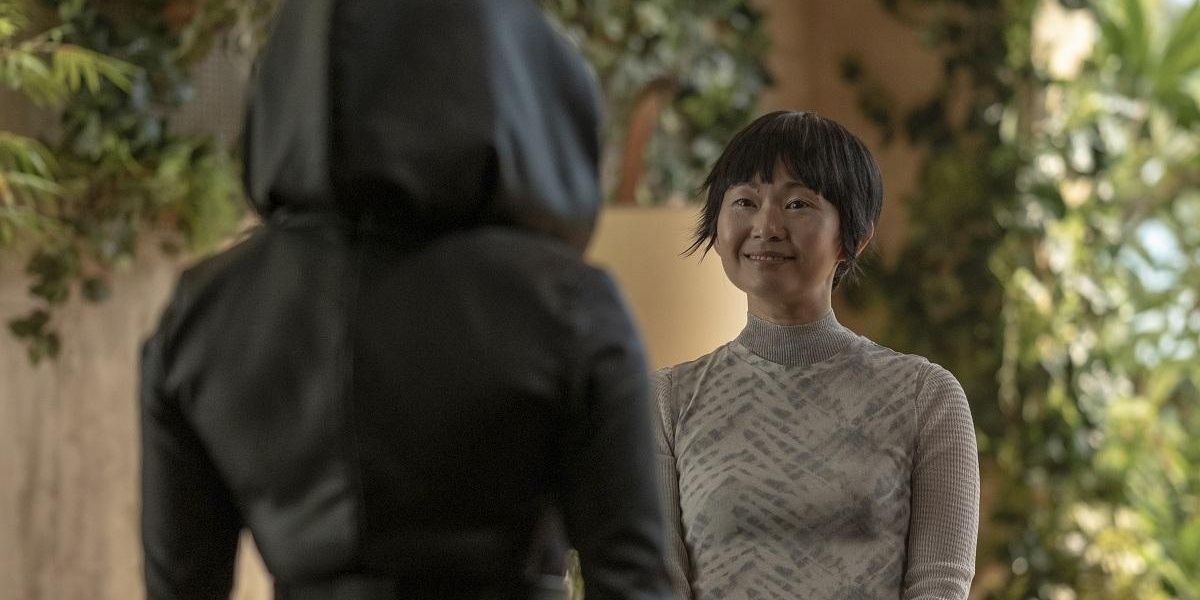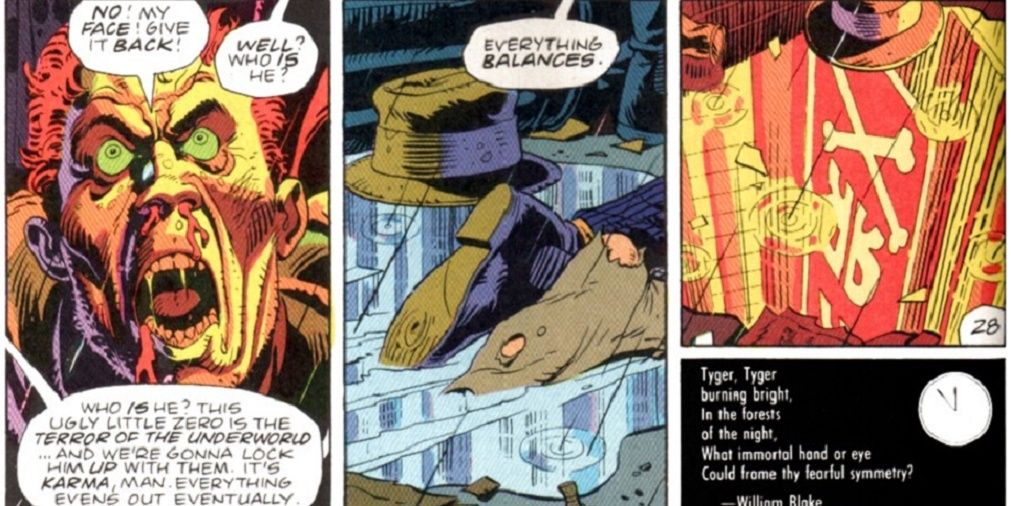Whether you feel writing a sequel to Alan Moore's classic graphic novel is heresy or not, 4 episodes in HBO's Watchmen is emerging as a significant expansion on the story first published 1986-1987. Unlike Zack Snyder's earlier film adaptation, the series doesn't suffer from a slavish devotion from the original text. What it demonstrates, as it explores problems of race and police brutality ignored by the original, is a comprehensive knowledge of Moore's original text and inspirations.
Series creator Damon Lindelof has already proven he can handle the text's depth with nuance while also telling a compelling story. He also enriches his tale with references, both to his source material and even to Moore's original inspirations. Here are some of the most interesting, and hardest to pick up on.
10 Laurie's Unfunny Jokes
FBI Agent Laurel Blake, formerly Silk Spectre II, has adopted her father's surname. In Moore's Watchmen, she was Laurie Juspeczyk, refusing to hide behind her mom's "Jupiter" pseudonym and she's remained true to form. Her weird jokes on her phone call to Mars are a reference to her dad's identity - he was The Comedian - but they're also a call-back to the original text.
At Edward Blake's funeral, Rorschach made the depressing "joke" about Pagliacci. Laurie always hated Rorschach, but in her role as the FBI's favorite vigilante hunter, she's become more like the man in the trenchcoat than she might like to think. He was a bitter killer and cared more about punishment than justice, so cynical he didn't believe a better world was possible.
9 Costumes in Closets
Laurie actually makes a reference to this link between the show and the original story. After The Comedian's murder, Rorschach found Blake's old superhero suit in a secret compartment the police had overlooked. Since there had been something in her dad's closet, Laurie claims she "always checks," hammering home the fact that she's adopted Rorschach's methods. However, in this case, she's too late.
This time it's Tulsa's Police Chief who was murdered, and it's a police detective who finds his hidden costume. It's not a superhero suit, though, but a Klansman's robe. Like The Comedian, The Klan are and were murderous vigilantes and terrorists, and just like Blake they like to imagine themselves as patriots and heroes.
8 Rorschach as a Symbol
Rorschach was always a crypto-fascist, but it's jarring to see him as the idol of the white supremacist 7th Kalvary. Unfortunately, it also makes sense.
In his journal, Rorschach wrote about his mask, with its black and white colors never mixing. He was talking about morality, of course, and having no room for grey in his worldview. White supremacists have a long history of misinterpreting documents, from biographies to the Bible and using them to justify their abhorrent beliefs.
7 Rorschach vs Looking Glass
Of all the series' new characters, Tim Blake Nelson's Looking Glass resembles Rorschach the most closely. His mask and demeanor resemble Kovacs, as does his affectless voice.
Looking Glass serves as the Tulsa PD's human lie detector, and while he may not have much in common with Rorschach politically, he does have commonalities with the brutal vigilante. Looking Glass thinks he can look at people, look at the world, and see the truth. It's hard to say how fallible he is, but viewers should be skeptical of this apparent superpower.
6 Pirate Jenny
The Tulsa PD has a number of colorfully costumed officers, including Red Scare, Looking Glass, and Pirate Jenny. The latter has played only a small role in the main drama, but she appears to pilot Owlships and have some technical acumen. Her name, though, is one of the most nuanced references in the new series.
The pirate comic the young African-American teenager Bernie reads in the original graphic novel is "Tales From The Black Freighter." Its name is a reference to Brecht and Weill's Threepenny Opera, where the song "The Black Freighter" is sung by Pirate Jenny. It's a story of fantasy and revenge that Moore retold in a League of Extraordinary Gentlemen story. Even in its minor details, this series' references can cut deep.
5 The Newsstand
The original Watchmen featured a subplot involving a newsstand, where white newspaper vendor Bernard chatted relentlessly to the "Black Freighter" reading Bernie. The two died in each other's arms in Adrian Veidt's attack on New York City, but the series has returned to this setting. Now it's on a corner in Tulsa, where a black news vendor named Seymour hawks papers and homespun wisdom.
It would be disappointing if this location fails to be as thematically significant as it was in the original story, where the parade of headlines marched alongside pirate comic captions, reflecting an ever-darkening future.
4 Nite Owl vs Sister Night
Dan Dreiberg was the second Nite Owl in Moore's story, and his fingerprints are all over the new world that Lindelof is depicting. The police seem to have acquired his technology, most significantly his night-vision goggles and the silent Owlships that the Tulsa PD use to fight the 7th Kalvary. Dreiberg is evidently in prison somewhere, and it's unclear if he's working for the government or simply had his inventions stolen.
However, the new series' chief protagonist, Sister Night, is making good use of the Owl's technology. She's not a rich white New York dilettante, but a black woman from the 51st state of Vietnam. In some ways Dreiberg's polar opposite, she still used his goggles to find Chief Judd's secret Klansman's robe. She seems more dogged than her predecessor, and more willing to bend rules. Nonetheless, with her growing relationship with Laurie Blake, she might well turn out to be the Owl's natural successor.
3 "It Has Only Just Begun"
Jeromy Irons' depiction of a mentally unbalanced, physically exiled Adrian Veidt has been a highlight of the new series. It's hard to be certain where he's held prisoner - another dimension?- or who his antagonist The Game Warden really is - Dreiberg? However, we do have an excellent clue about his mindset, and the internal events that have brought him close to the edge of mental ruin.
After the murderous production of his Doctor Manhattan-fixated play, "The Watchmaker's Son," Miss Crookshanks asks if the pocket watch he retrieved has stopped. Veidt portentously replies that "it has only just begun." This is a reference to Doctor Manhattan's words "Nothing ever ends," at the end of the original GN.
Manhattan always understood that Veidt didn't comprehend what he'd done when he killed half of NYC, that it hadn't made the difference he'd hoped. Now, in 2019, we're seeing what happened when the story didn't end.
2 Lady Trieu's Vivarium
Ozymandius' apparent replacement as brilliantly prescient businessperson is Lady Trieu. She may or may not be the world's smartest person, but after buying Veidt's company she seems to be the richest. She also seems to hold Veidt in high regard. Not just the statue in her vivarium is a monument to the man, so is the vivarium itself.
In Veidt's Fortress of Solitude analog, his vivarium created a tropical summer in the arctic. Filled with butterflies, it's there that he murdered his servants, whom he thought were the last witnesses to his mass homicide. Trieu's vivarium is clearly modeled on Veidt's, and the fact that she has a statue of Veidt as he is, not as he was, feels important, too. She may well have affected his disappearance as well as acquired his company.
1 Words Reflect Pictures, Pictures Reflect Words
Moore and Gibbons played with images, captions, and dialog brilliantly. The opening page of Watchmen tracks upward from a dead body to the window it fell from, to the detective's only comment: "That's quite a drop." The show pays homage to this technique as well, with Sister Night intoning "I let you down" as she lowers Chief Judd's body from a tree. Keep an eye open for moments like this, where internal dialog reflects the actions on-screen, and you won't be disappointed.
The show's been happy to reinforce connections between Judd and The Comedian as well. Not just the secrets in the closets, but also the funeral that brings everyone together and kicks off the story. And, as they say, it has only just begun.

